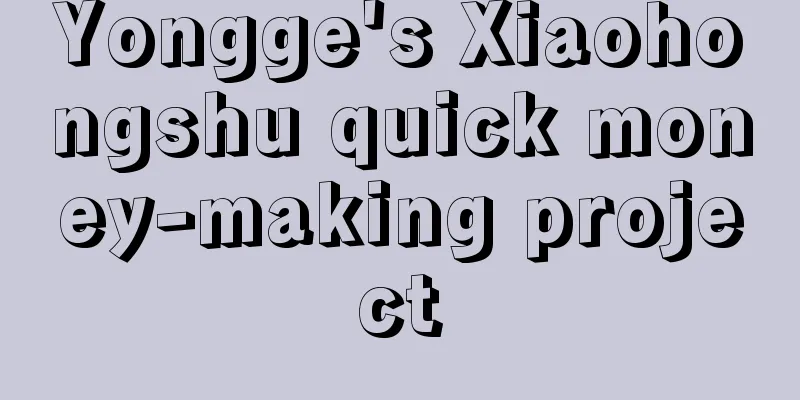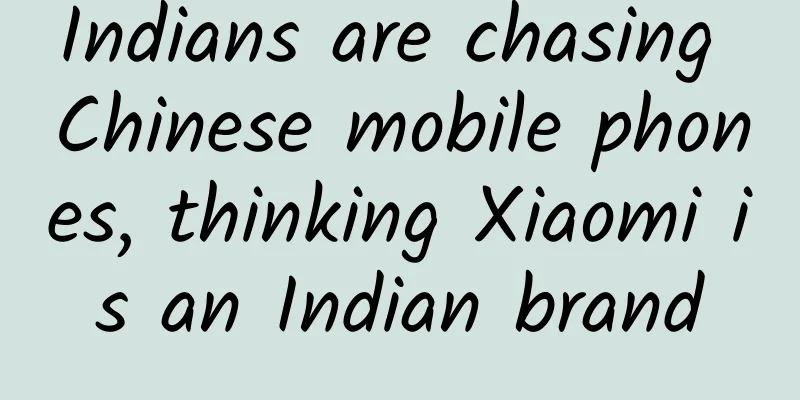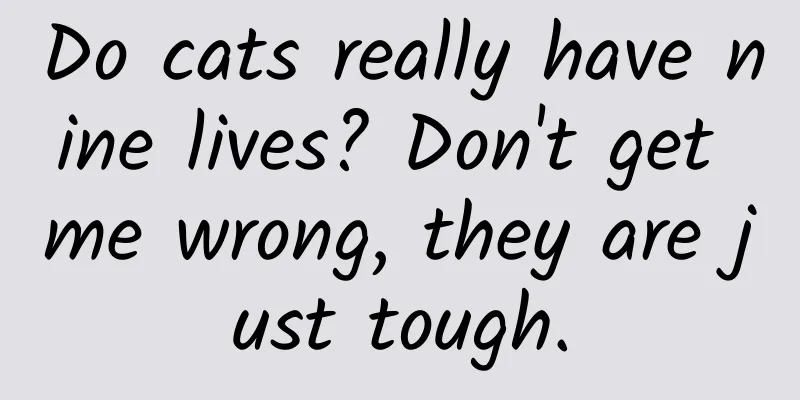A brief analysis of Android's garbage collection and memory leaks
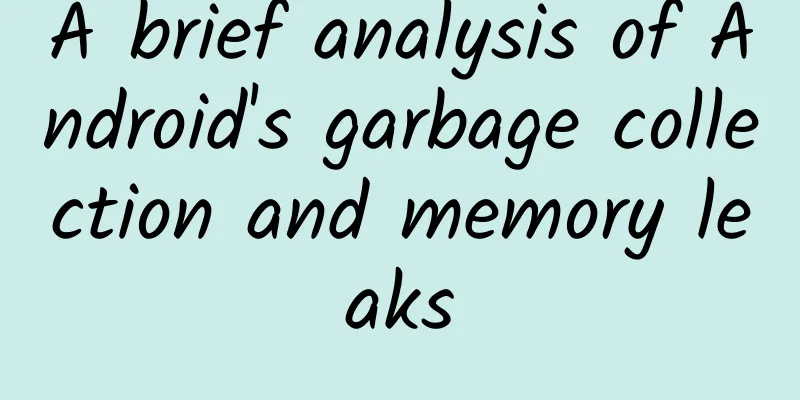
|
The Android system runs on the Java virtual machine. As an embedded device, the memory is often very limited. Understanding Android's garbage collection mechanism can effectively prevent memory leaks or OOM problems. This article is an introductory article that will briefly discuss the principles of garbage collection and memory leaks, and will not discuss the underlying mechanism of the Dalvik virtual machine or native-level issues. 1. Basics Before analyzing garbage collection, we need to review the basics of Java and discrete mathematics.
Google I/O 2011: Memory management for Android Apps The orange Object in the figure above is the starting point of the directed graph. Its Shallow heap is 100, and its Retained heap is 100 + 300 = 400. 2. What is Garbage Collection Java GC (Garbage Collection) mechanism is one of the main differences between Java and C++/C. As a Java developer, you generally do not need to write special memory recovery and garbage cleaning code, and you do not need to be as nervous about memory leaks and overflows as C programmers. This is because there is an automatic memory management and garbage cleaning mechanism in the Java virtual machine. In general, this mechanism marks the memory in the virtual machine and determines which memory needs to be recycled. According to a certain recycling strategy, the memory is automatically recycled, and the memory space in the virtual machine is guaranteed to be never stopped (Nerver Stop) to prevent memory leaks and overflows. 3. When is garbage collection needed? For GC, when the programmer creates an object, GC starts to monitor the address, size and usage of the object. Usually GC uses a directed graph to record and manage all objects in the heap, and in this way determines which objects are "reachable" and which objects are "unreachable". When an object is unreachable, that is, when the object is no longer referenced, it will be garbage collected. There are many documents on the Internet that introduce the reachable relationship. As shown in the figure, in the sixth line, o2 changes its pointing direction, and Obj2 no longer references main, that is, they are unreachable, and Obj2 may be recycled in the next GC. developerWorks Java technology 4. What is a memory leak? When you no longer need an instance, but the object is still referenced, preventing it from being garbage collected (Prevent from being bargage collected). This situation is called a memory leak. Below, we will use the translation of How to Leak a Context: Handlers & Inner Classes as an example to introduce a memory leak. Look at the following code
When you finish typing this code, the IDE should remind you
How did it leak?
Reference relationship Now, let's try running the following code
This program is very simple. We can imagine that it should start and then shut down instantly, but is it really shut down? Anyone with a little common sense can see that it sends a Message that will run ten minutes later, which means that the Message will be kept referenced for 10 minutes, resulting in a memory leak of at least 10 minutes. The final correct code is as follows
in conclusion
Finally, let me add a few words about iOS. In the latest versions of OC and Swift, iOS has introduced a new memory management system ARC (auto reference counting). When compiling C code, the compiler automatically adds code to release memory in a timely manner. References http://www.jianshu.com/p/22e73e80e950 http://www.ibm.com/developerworks/cn/java/l-JavaMemoryLeak/ http://stackoverflow.com/a/70358/4016014 http://blog.csdn.net/luoshengyang/article/details/8852432 http://developer.android.com/training/articles/perf-tips.html https://techblog.badoo.com/blog/2014/08/28/android-handler-memory-leaks/ |
<<: 25 New Android Libraries You Definitely Want to Try in Early 2017
>>: Google AI: No one knows how it works
Recommend
This creature is changing the global aquatic ecosystem! There are more than 900 per liter of water in Poyang Lake.
Plastic pollution is changing the global aquatic ...
iOS WeChat updated to version 8.0.2: Pull down the page to restore the entry of my mini program
After checking, the iOS version of WeChat has bee...
iOS 11's 6 major App Store upgrades, are developers ready?
iOS 11 eliminates all non-64-bit chip devices, wh...
How to play in Douyin store group? A complete guide to Doudian operation
With the popularity of Douyin live streaming and ...
Hey, Facebook is going to "copy" WeChat?
[[259310]] Facebook is learning from WeChat and i...
The most detailed tutorial on how to maintain a Douyin account
Everyone who makes short videos knows about Douyi...
Turing Award winner LeCun: "AI will take over the world, but it will not conquer humans"
[Editor's Note] As Turing Award winner and ch...
Zhang Yunhui's lecture on "A Lesson in Feng Shui", the knowledge structure of Yijing Feng Shui
Zhang Yunhui's lecture on "A Lesson in F...
Breakthrough Academy Online Course Monetization Training Camp: Turn knowledge/experience/skills into money in 10 days
Breakout Academy Online Course Monetization Train...
If you want to understand the third online audio-visual conference, these points are indispensable
On December 3, the "3rd China Online Audiovi...
How should operations be performed in the three stages of APP development?
The bell of 2017 has rung. As I am about to enter...
Beijing's 50M broadband has shrunk five times
Premier Li Keqiang urged to increase Internet spe...
Manipulating elections, hijacking drones and cars, experts fear AI could do bad things
The development of artificial intelligence (AI) i...
Mobile Development Guide: Introduction to Android Transition Framework
【51CTO translation】The Android Transition framewo...
"I know Metasequoia. We have a lot of them planted there." "Oh, it's endangered."
Friends living in the Yangtze River Basin have al...
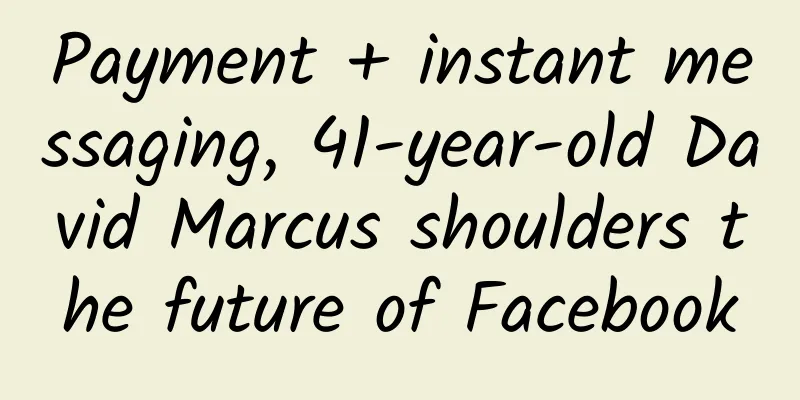
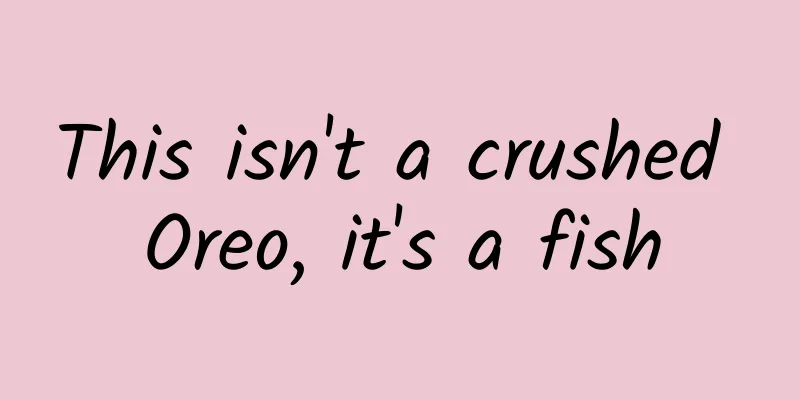
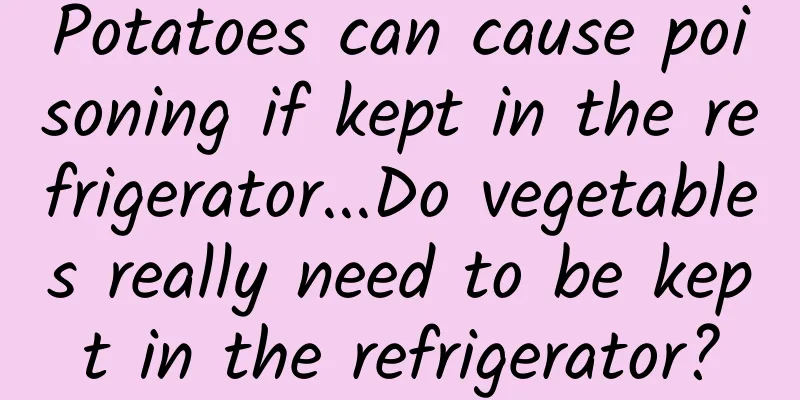
![Ace's 7th Universal Avatar Course 2021 [HD quality with brush courseware]](/upload/images/67cc2bb528c34.webp)


